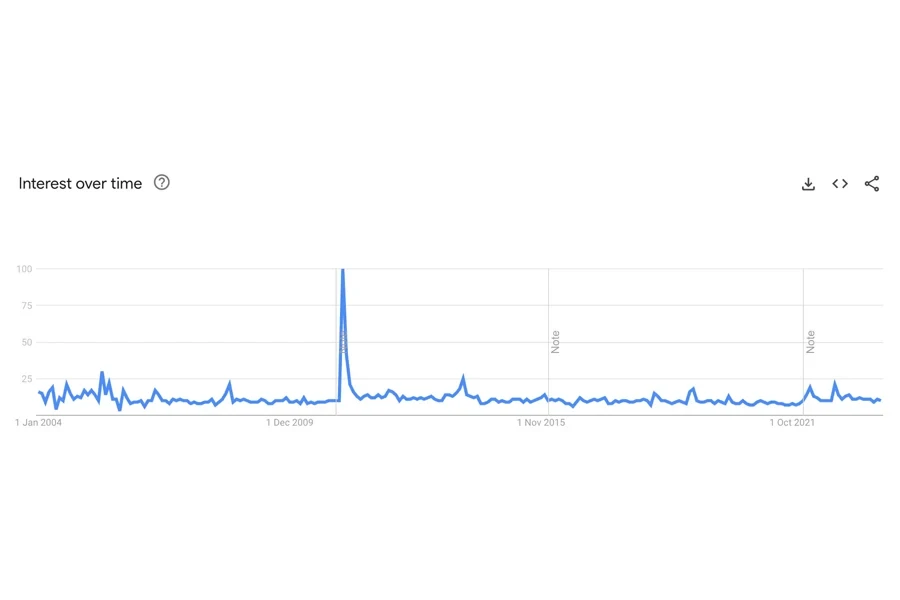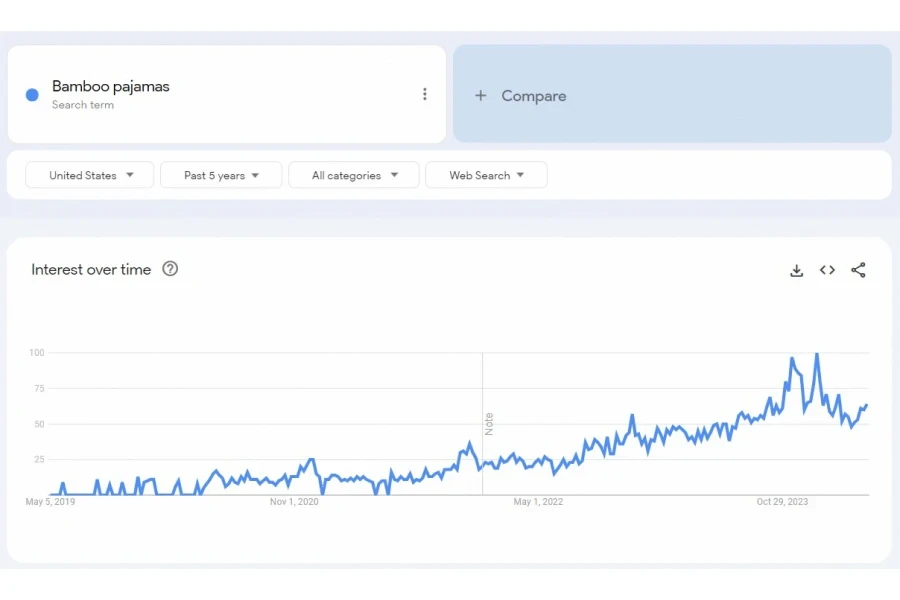Product research is the foundation of a successful online business. In today’s competitive landscape, it’s crucial to invest time and effort into researching and validating your product ideas. By conducting thorough product research, you can prioritize your ideas, test and validate them, and make informed decisions about product development, marketing, pricing, and distribution. In this guide, we’ll dive deep into the world of product research, exploring the key criteria and actionable tips to help you discover winning products in 2024.
Table of Contents
● Understanding product research
● Market-based criteria for product evaluation
● Product-based criteria for product evaluation
● 6 actionable tips for effective product research
● Conclusion
Understanding Product Research
Product research is the process of gathering and analyzing information about a product, its market, competitors, and potential customers. The goal is to identify opportunities, assess demand, and make data-driven decisions. By conducting product research, you can:
- Prioritize your product ideas: With limited resources, it’s essential to focus on the most promising ideas. Product research helps you rank your ideas based on market demand, profitability, and feasibility, ensuring you invest your time and money wisely.
- Test and validate different concepts: Before fully committing to a product, you can test different variations and gather feedback from potential customers. This validation process helps you refine your product, minimize risk, and increase the likelihood of success.
- Experiment with product names and packaging: Your product’s name and packaging play a significant role in attracting customers. Through product research, you can test different names and packaging designs to find the most appealing and effective options for your target audience.
- Determine competitive pricing strategies: Pricing your product correctly is crucial for profitability and competitiveness. By analyzing your competitors’ pricing and understanding your target market’s willingness to pay, you can develop an optimal pricing strategy that maximizes your revenue and market share.
- Understand your competition: Product research involves analyzing your competitors’ strengths, weaknesses, and market positioning. This information helps you identify gaps in the market, differentiate your product, and develop effective marketing strategies to outperform your competitors.
- Monitor product-market fit: As market trends and customer preferences evolve, it’s essential to ensure that your product continues to meet the needs of your target audience. Regular product research helps you monitor your product’s performance, gather customer feedback, and make necessary adjustments to maintain a strong product-market fit.
- Continuously improve your product and marketing efforts: Product research is an ongoing process. By continuously gathering data and insights, you can identify areas for improvement in your product, customer experience, and marketing strategies. This iterative approach helps you stay ahead of the competition and adapt to changing market conditions.
Effective product research involves evaluating both market-based and product-based criteria. By thoroughly assessing these factors, you can make informed decisions and increase your chances of discovering a winning product. Let’s dive into the market-based criteria first, as understanding your target market is crucial for your product’s success.
Market-Based Criteria for Product Evaluation
When conducting product research, it’s essential to evaluate market-based criteria to ensure there is a viable market for your product. Key factors to consider include market size, competitive landscape, product category outlook, local product availability, and target customer analysis.
Market Size
Estimating the size of your potential market is crucial for determining the viability of your product idea. While it can be challenging to determine exact numbers, you can use tools like Google Trends, competitor reviews, and your own judgment to gauge market size.
According to Shopify, targeting a narrow market can be advantageous, as it allows you to penetrate the market more cost-effectively. Daneson, a company selling luxury toothpicks, is an excellent example of a business targeting a specific segment within the larger health and hygiene market.
Competitive Landscape
Analyzing your competitors provides valuable insights into market demand and potential opportunities. Conduct Google searches, use tools like Similarweb and Ahrefs to uncover market players and search volumes for your product keywords.
Shane Pollard, CTO at Be Media, recommends using keyword research tools to get a realistic view of search demand and opportunity mapping. If the competition is high, consider targeting long-tail keywords to find a niche within the market.
Product Category Outlook
Understanding whether your product falls into a fad, trend, stable market, or growing market is crucial for long-term success. Google Trends can help you identify the growth curve of your product category.
Fads, like Geiger counters after the 2011 Japanese earthquake, experienced a sharp spike in popularity followed by a rapid decline. Trends, such as bamboo pajamas foods, show consistent growth over a longer period. Stable markets, like kitchen sinks, remain relatively constant, while growing markets, such as yoga, demonstrate sustained growth over many years.


Local Product Availability
A product that is readily available locally may reduce the likelihood of customers seeking it out online. Unique or hard-to-find products, like Ellusionist’s artistic playing cards, have a higher chance of attracting online shoppers.
To determine local availability, search for your product plus the name of a major city on Google. If there are few or no local results, it could indicate an opportunity for online sales.
Target Customer Analysis
Knowing your target customers’ online purchasing behavior is essential for a successful product. Consider factors such as age, credit card usage, and technology adoption when evaluating your target market.
Setting up Google Analytics can provide valuable insights into your target customers, such as age ranges, gender, and how your current products or website content resonates with them. Use this data to refine your product ideas and marketing strategies.
Product-Based Criteria for Product Evaluation
In addition to market-based criteria, evaluating product-based factors is essential for selecting a product that will perform well in your online store. Key product-based criteria include markup and selling price, size and weight, durability, seasonality, ability to solve pain points, turnover rate, type, perishability, restrictions, and scalability.
Product Markup and Selling Price
Choosing a product with the right markup and selling price is crucial for profitability. According to Shopify, ideal price points are between $75 and $150, as they allow for a decent profit margin while providing a cushion for marketing and operating costs.
When determining your product’s price, consider the cost of goods sold (COGS), shipping costs, and the perceived value to your target customers. High shipping costs can negatively impact conversion rates, so aim for products that are lightweight and cost-effective to ship.
Product Size, Weight, and Durability
Product size and weight directly impact shipping costs, which can affect your bottom line and customer satisfaction. Aim for products that are lightweight, compact, and easy to ship to keep costs down and minimize the risk of damage during transit.
Durability is another essential factor to consider, as it affects customer satisfaction and the likelihood of returns. Look for products that are well-made and can withstand the shipping process to reduce the risk of customer complaints and negative reviews.
Product Seasonality and Solving Pain Points
Some products, such as winter coats or beach gear, have a seasonal demand. While this can present challenges, it also offers opportunities for targeted marketing. Consider promoting your seasonal products to a global audience to take advantage of different climates and extend your selling period.
Products that solve specific pain points for customers tend to perform well. Identify common problems or needs within your target market and look for products that offer solutions. For example, a device that helps alleviate back pain or a tool that simplifies a common household task can attract customers who are actively seeking solutions.
Product Seasonality and Solving Pain Points
Products with regular turnover, such as consumables or disposables, can provide a steady stream of repeat business. However, it’s essential to consider the perishability of your products and factor in storage and shipping requirements to maintain quality and customer satisfaction.
Digital products, such as ebooks, courses, or software, offer the advantage of being easily distributed and not requiring physical storage or shipping. However, they may require more upfront investment in development and marketing.
Product Restrictions and Scalability
Certain products may face legal restrictions or require special permits to sell, such as food items or medical devices. Research any potential regulations or restrictions that may apply to your product to avoid legal issues and ensure compliance.
As your business grows, it’s crucial to consider the scalability of your product. Even if you start with a handmade or limited-edition item, think about how you can scale production to meet increasing demand without sacrificing quality or profitability.
By carefully evaluating these product-based criteria, you can select a product that not only appeals to your target market but also sets your business up for long-term success.
6 Actionable Tips for Effective Product Research
Now that you understand the key criteria for evaluating product ideas, let’s explore six actionable tips to help you conduct effective product research and discover winning products for your online business.
- Follow Consumer Trend Publications
Stay up-to-date with the latest consumer trends by following publications such as TrendHunter, TrendWatching, and The Cool Hunter. These resources can provide valuable insights into emerging trends, innovative products, and changing consumer preferences.
- Find Amazon Bestsellers
Amazon’s Best Sellers list is a goldmine for product research. Browse through various categories to identify top-selling products and analyze customer reviews to understand what makes them popular. Tools like Jungle Scout can help you gather sales data and estimate demand for specific products.
- Browse Social Curation Sites
Social curation sites like Pinterest, Etsy, and Wanelo showcase a wide range of unique and popular products. Explore these platforms to identify trending items, gather inspiration, and gauge consumer interests. Pay attention to engagement metrics, such as likes, comments, and repins, to assess the popularity of specific products.
- Evaluate B2B Wholesale Marketplaces
B2B wholesale marketplaces, such as Alibaba and Faire, can provide valuable insights into product trends and potential suppliers. Browse these platforms to discover new product ideas, compare prices, and assess the feasibility of sourcing and selling specific items.
- Observe Niche Forums
Niche forums and online communities are great places to gather insights into specific target markets. Join relevant forums, such as Reddit subreddits or Facebook groups, and observe the discussions to identify common pain points, product recommendations, and unmet needs. Engage with the community to gather feedback on your product ideas and refine your offerings.
- Ask Your Own Customers
Your existing customers can be a valuable source of product ideas and feedback. Conduct surveys, interviews, or focus groups to gather insights into their preferences, pain points, and desired products. Encourage customer reviews and actively monitor feedback to identify opportunities for new product development or improvements to existing offerings.
A customer survey by Subbly found that 72% of respondents prefer buying complementary products from the same company for a 20% discount. This suggests an opportunity to cross-sell or bundle related products to boost sales and improve customer satisfaction.
According to Scott Needham from BuyBoxer, launching a product in a category with high demand but lower competition can significantly increase your chances of ranking organically on Amazon. Use sales estimator tools to determine how quickly a product is selling and where its competitors are ranking to identify opportunities.
Conclusion
Effective product research is the foundation of a thriving online business in 2024 and beyond. By understanding the importance of evaluating market-based and product-based criteria, implementing actionable research tips, and continuously refining your product offerings, you can discover winning products and stay ahead of the competition. Invest time and effort into thorough product research, stay agile in adapting to market changes, and prioritize product ideas based on demand, profitability, and feasibility. With the knowledge and strategies gained from this guide, you’re well-equipped to build a successful and sustainable online business. Start your product research journey today and take the first step towards achieving your entrepreneurial goals.




